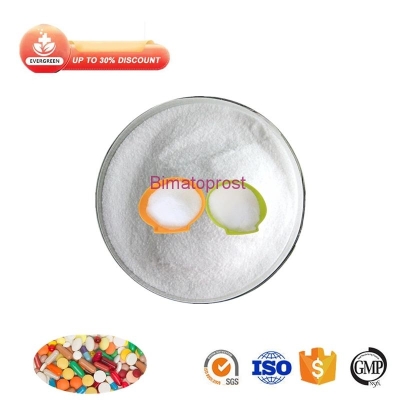-
Categories
-
Pharmaceutical Intermediates
-
Active Pharmaceutical Ingredients
-
Food Additives
- Industrial Coatings
- Agrochemicals
- Dyes and Pigments
- Surfactant
- Flavors and Fragrances
- Chemical Reagents
- Catalyst and Auxiliary
- Natural Products
- Inorganic Chemistry
-
Organic Chemistry
-
Biochemical Engineering
- Analytical Chemistry
- Cosmetic Ingredient
-
Pharmaceutical Intermediates
Promotion
ECHEMI Mall
Wholesale
Weekly Price
Exhibition
News
-
Trade Service
In observational studies, the correlation between circulating insulin-like growth factor-1 (IGF-1) levels and bone density and fracture risk was not clear.
recently, researchers conducted a Mondel randomized study to assess the relationship between serum IGF-1 levels and bone density (eBMD) and fractures in a study published recently in Journal of Clinical Endocrinology and Metabolism, an authoritative journal in the field of endocrine and metabolic diseases.
researchers selected the IGF-1 gene tool for genome-wide remarkability levels (P<5×10-8) from a genome-wide correlation study involving 358,072 subjects of European descent.
data on eBMD (426,824 subjects) and fractures (53,184 fractures and 373,611 non-fractures) came from the UK Biosaggregation Study.
used single- and multivariate Mendel randomized analysis to assess the correlation between IGF-1 and eBMD and fractures.
the main outcomes of the study included a genetic prediction of an increase in serum IGF-1 levels of 1 SD corresponding to eBMD changes and fracture ratio ratio.
when the IGF-1 level increases by 1 SD, the eBMD level changes to 0.04 g/cm2 (95% CI is 0.01-0.07; P=0.011) and the fracture ratio is 0.94 (95% CI is 0.91-0.98; P=0.003).
after adjusting for height, the correlation remains and is similar in magnitude.
the correlation with fractures after excluding genetic factors that may directly affect these results, but not with eBMD.
eBMD, the correlation between IGF-1 and fractures decreased (ratio of 0.96; 95% confidence interval was 0.92-0.99; P=0.012).
, the results of the study support IGF-1 as a preventive effect on fractures, possibly mediated in part by higher bone density.







